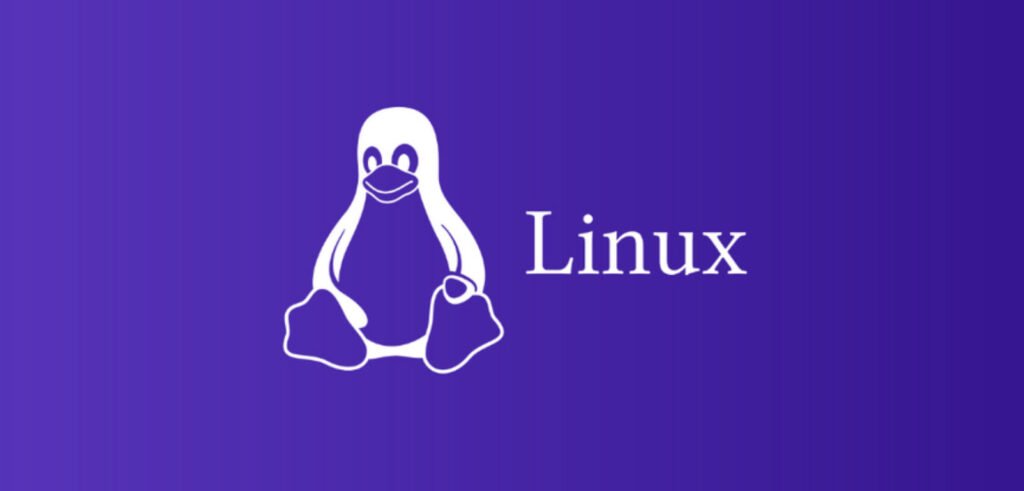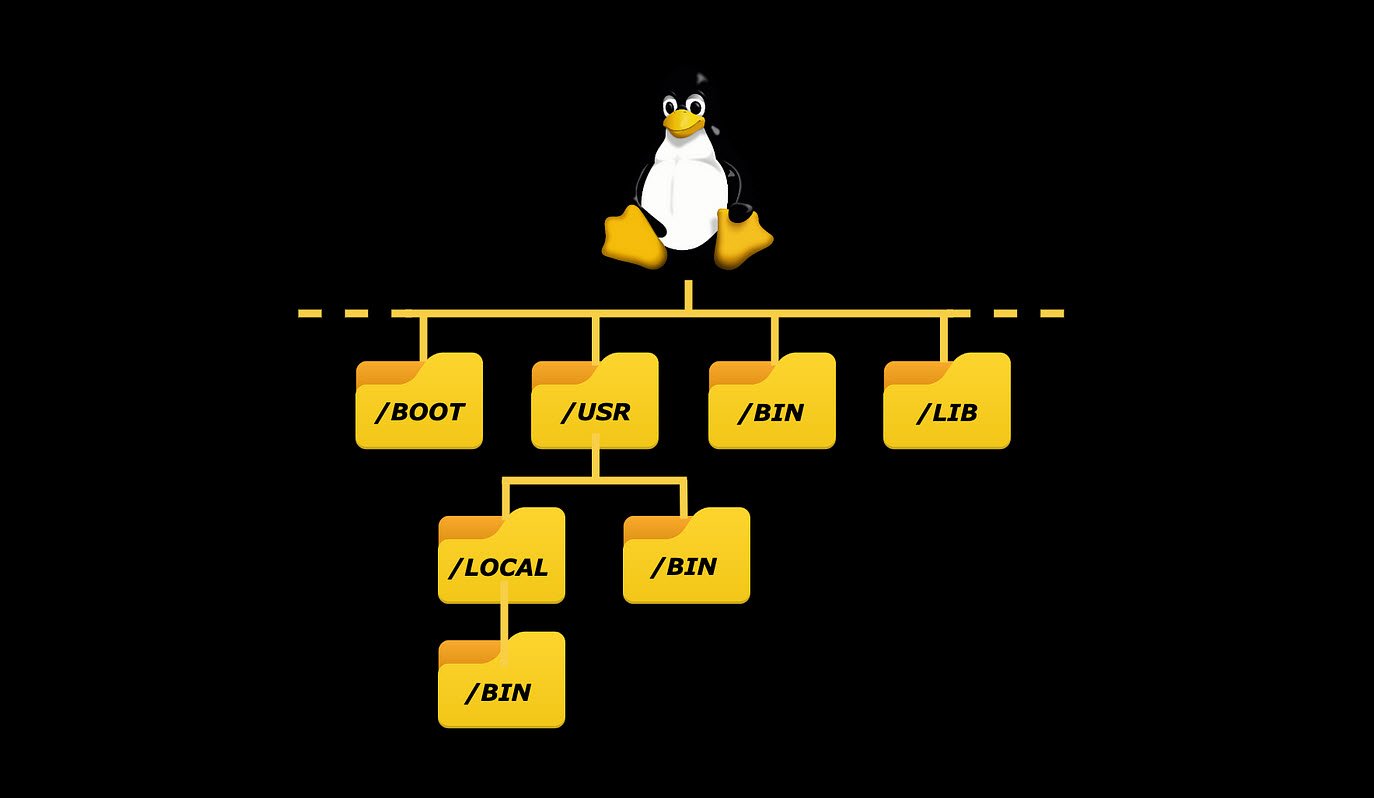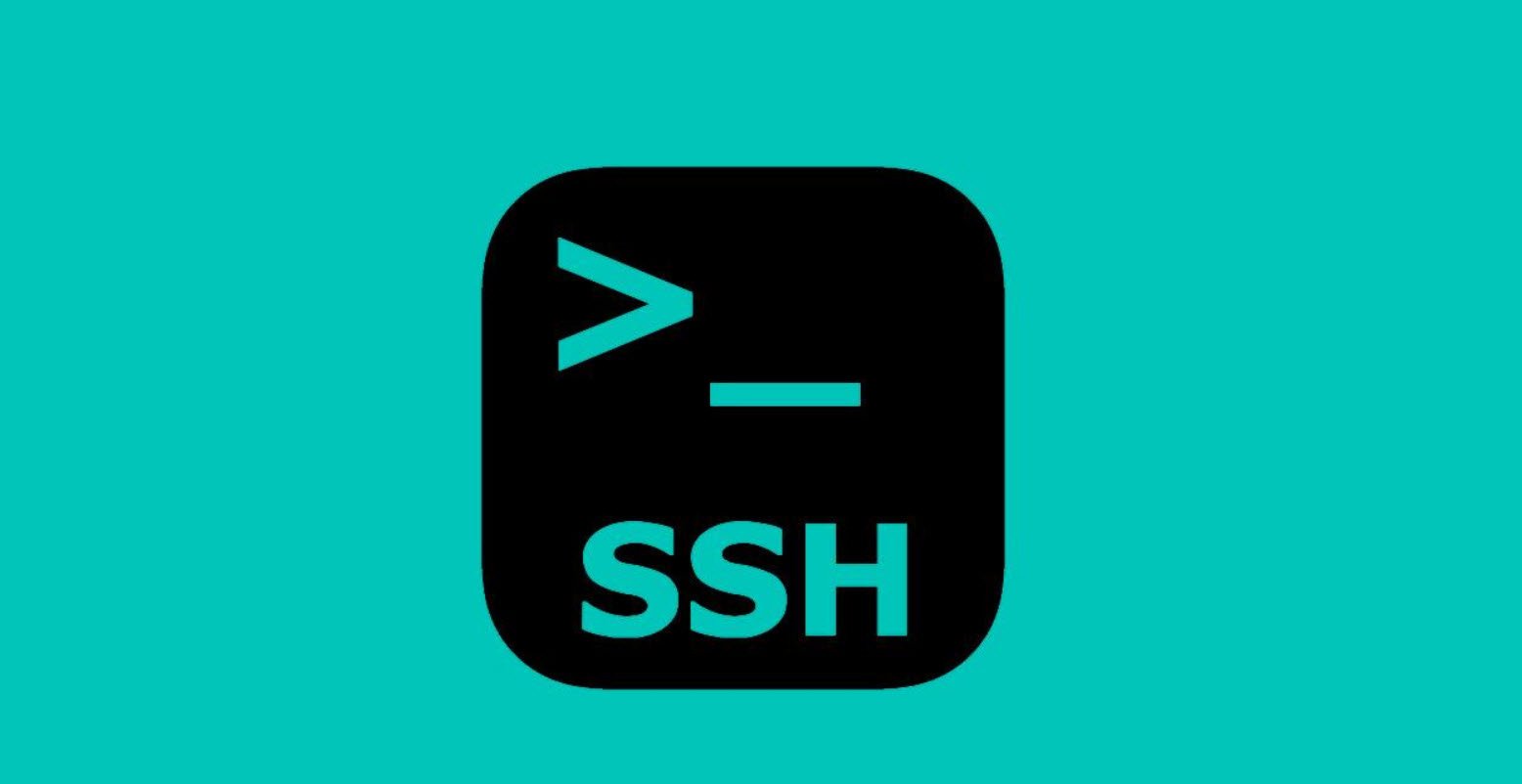
Linux, an open-source operating system, has become one of the most widely used platforms due to its stability, security, and flexibility. It is comprised of various components that work together harmoniously to provide a complete computing experience.
In this article, we will explore the key components that make up a Linux system.
1. Bootloader
The bootloader is the initial software that runs when a computer is turned on. Its primary responsibility is to load the Linux kernel into the computer’s main memory (RAM) and initiate its execution.
There are several bootloaders available for Linux, including GNU GRUB, SYSLINUX, and Gummiboot. The bootloader allows users to choose the operating system they want to run if there are multiple OS installations on the same system.
2. Linux Kernel
The Linux kernel is the core component of the operating system. It acts as an interface between the hardware and software, managing system resources, and providing essential services to the running processes.
The kernel is responsible for handling memory management, process scheduling, device drivers, and other low-level operations.
3. Initialization Systems
Traditionally, Linux systems used the sysvinit initialization system, which sequentially started system services during the boot process. However, modern Linux distributions have transitioned to alternatives like Upstart or systemd.
These initialization systems parallelize the startup process, significantly reducing boot times and enhancing system performance.
4. Software Libraries
Linux systems use software libraries that contain code that can be easily utilized by running processes. These libraries provide various functions and routines to applications, enabling them to perform specific tasks without the need to reinvent the wheel.
In Linux, executable files are in ELF (Executable and Linkable Format) format, and the dynamic linker “ld-linux.so” manages the use of dynamic libraries.
5. Header Files
When software libraries are installed on a Linux system, header files are also included. These header files describe the interfaces and function prototypes provided by the installed libraries. They are essential for developers when they are compiling and linking their programs with these libraries.
6. Widget Toolkits
Widget toolkits are used to develop graphical user interfaces (GUI) for software applications. These toolkits provide a set of pre-built GUI components, such as buttons, menus, and text boxes, that developers can use to create visually appealing and user-friendly interfaces. One popular widget toolkit in Linux is GTK (GIMP Toolkit), developed primarily by the Enlightenment team.
7. User Interface Programs
Linux offers various user interface programs, such as command shells (e.g., Bash) or windowing environments (e.g., GNOME, KDE, Xfce). Command shells provide a text-based interface, allowing users to interact with the system through commands. Windowing environments, on the other hand, offer graphical desktop environments with windows, icons, menus, and pointer-based interactions.
In conclusion, Linux is a powerful operating system composed of multiple interconnected components. The bootloader initiates the system and loads the Linux kernel into memory. The kernel manages low-level system operations and hardware interactions. Initialization systems start essential services during boot-up.
Software libraries and header files facilitate code reuse and application development. Widget toolkits enable developers to create GUIs, and user interface programs provide different ways for users to interact with the system. Understanding these components helps users and developers alike to make the most of Linux’s capabilities and build robust and efficient systems.
You may also like:- A Comprehensive Guide to File System Commands in Linux
- Essential File Compression Commands in Linux
- Secure Shell (SSH) Protocol – A Comprehensive Guide
- Monitoring Active Connections in Kali Linux Using Netstat
- Manage Time and Date in Linux with timedatectl
- How to Add a User to Sudoers on Ubuntu
- 25 Popular Linux IP Command Examples
- Top 11 Nmap Commands for Remote Host Scanning
- 9 Useful w Command Examples in Linux
- 25 Useful Linux SS Command Examples to Monitor Network Connections









This Post Has One Comment